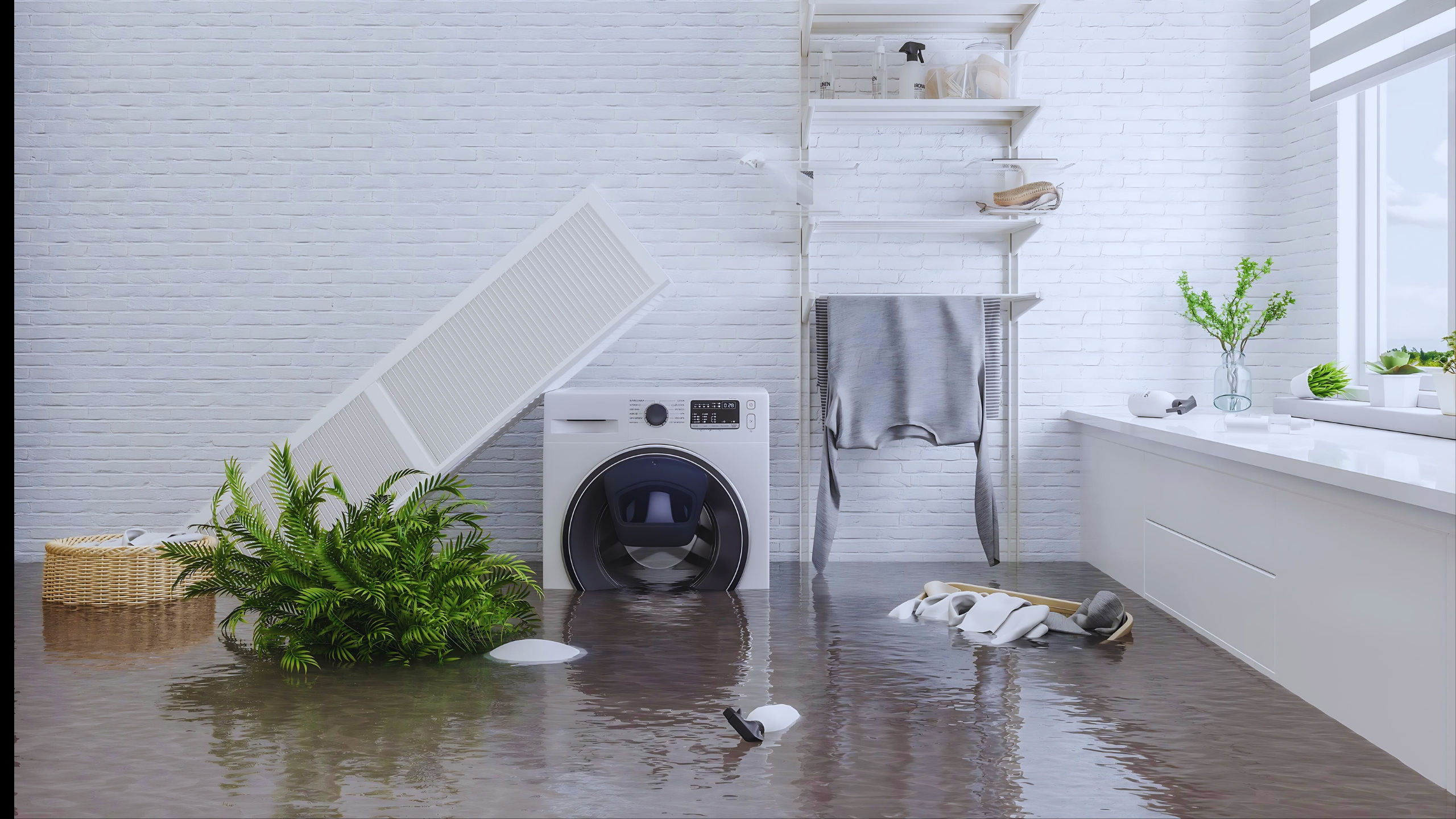
Water damage can severely impact the integrity and appearance of your floors. Deciding whether to repair or replace water-damaged floors depends on several factors, including the extent of the damage, the type of flooring, and the overall cost. This guide will help you make an informed decision on whether to repair or replace your water-damaged floors.
Assessing the Extent of Water Damage
Visible Signs of Water Damage
Warping and Buckling
Warped or buckled floors are a clear indication of water damage. This occurs when moisture causes the flooring material to swell and distort.
Stains and Discoloration
Stains or discoloration on the flooring surface are signs of prolonged water exposure. This can be especially noticeable on hardwood, laminate, and carpeted floors.
Soft Spots and Sponginess
Soft or spongy spots on the floor suggest that the water has penetrated deep into the flooring and possibly the subfloor, compromising its structural integrity.
Hidden Water Damage
Mold and Mildew Growth
Mold and mildew can develop under flooring materials where moisture is trapped. This not only damages the floor but also poses health risks.
Subfloor Damage
Water can seep into the subfloor, causing it to weaken and rot. Inspecting the subfloor for damage is crucial in determining the appropriate course of action.
Factors to Consider When Deciding
Type of Flooring
Hardwood Floors
Hardwood floors are highly susceptible to water damage. Minor damage might be repairable through sanding and refinishing, but extensive damage often requires replacement.
Laminate Floors
Laminate flooring tends to swell and delaminate when exposed to water. In most cases, damaged laminate floors will need to be replaced.
Carpeted Floors
Water-damaged carpet can often be cleaned and dried if the damage is minor and addressed quickly. However, if the water has soaked through to the padding and subfloor, replacement might be necessary.
Tile Floors
Tile floors are more resistant to water damage, but water can seep into the grout and underlayment. Damaged tiles and grout can often be repaired, but extensive damage may require tile replacement.
Duration of Water Exposure
The length of time the floor has been exposed to water significantly impacts the severity of the damage. Quick action can mitigate extensive damage and reduce the need for replacement.
Cost Considerations
Repair Costs
Repairing water-damaged floors is generally less expensive than replacing them. This includes tasks like drying, cleaning, sanding, and refinishing.
Replacement Costs
Replacing floors can be costly, especially for high-end materials like hardwood. However, if the damage is severe, replacement may be the more cost-effective long-term solution.
Health and Safety Concerns
Mold and Mildew
The presence of mold and mildew due to water damage poses health risks, including respiratory issues and allergies. Ensuring a thorough inspection and addressing any mold issues is vital for health and safety.
Steps to Repair Water-Damaged Floors
- Remove Surface Water
- Dry the Area Thoroughly
- Clean and Disinfect
- Sand and Refinish (for Hardwood Floors)
- Replace Damaged Sections
Use mops, towels, or a wet/dry vacuum to remove standing water from the floor surface as soon as possible.
Use fans, dehumidifiers, and air movers to dry the affected area completely. This helps prevent further damage and mold growth.
Clean the affected area with a mild detergent and disinfectant to remove any contaminants brought in by the water.
For minor damage on hardwood floors, sanding and refinishing can restore the floor’s appearance and integrity.
For laminate, carpet, and tile floors, replace only the damaged sections if the rest of the floor is intact.
Steps to Replace Water-Damaged Floors
- Remove the Damaged Flooring
- Inspect and Repair the Subfloor
- Install New Flooring
- Seal and Finish
Carefully remove the damaged flooring material, taking care not to damage the subfloor if it is still in good condition.
Check the subfloor for any signs of damage. Repair or replace the subfloor as needed to ensure a stable foundation for the new flooring.
Install the new flooring material according to the manufacturer’s instructions, ensuring proper moisture barriers are in place to prevent future water damage.
For hardwood floors, seal and finish the new flooring to protect it from future water exposure.
Conclusion
Determining whether to repair or replace water-damaged floors depends on the extent of the damage, the type of flooring, and the associated costs. Assessing the damage thoroughly and considering all factors will help you make the best decision for your home. Whether you opt for repair or replacement, addressing water damage promptly is crucial to maintaining the integrity and safety of your living space.